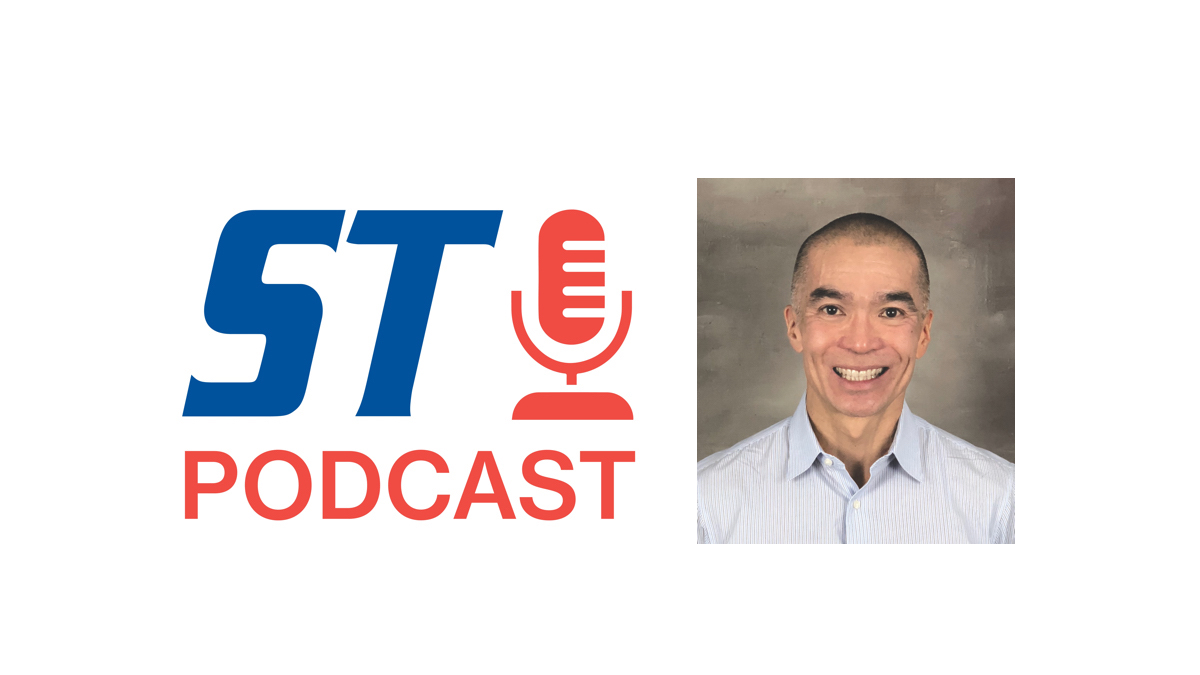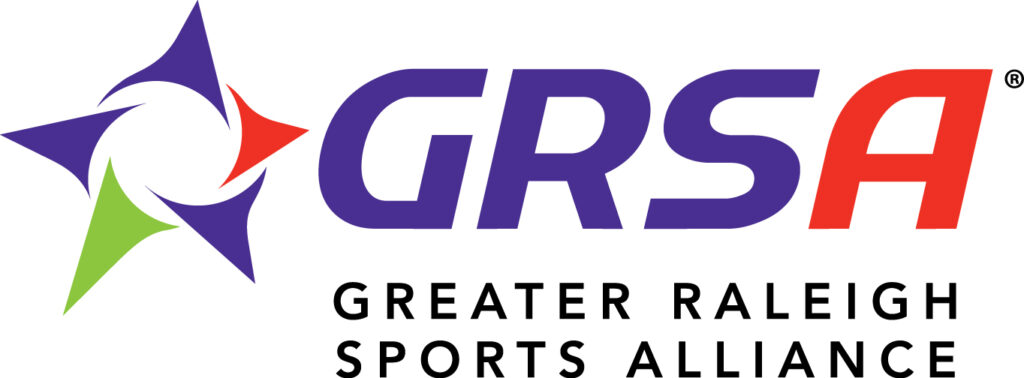
As chief operating officer of Chicago Event Management, which organizes the Bank of America Chicago Marathon, Mike Nishi has been the logistics lead for the race since 1990. What started out with 6,000 runners has grown to the one of the largest marathons in the world. In 2019, more than 45,000 people finished the race. After the 2020 race was forced to go virtual, the 2021 race on October 10 proved to be one of the most challenging in the event’s history as COVID regulations forced event organizers to operate differently than they had in the past. In doing so, the Chicago Marathon became the first of the six Abbott World Marathon Majors to be run in person since the pandemic began. In this episode, learn what it took to produce the race, how organizers handled COVID protocols, how organizers communicated with participants and what major takeaways Nishi has for event organizers and host cities staging their own events in a post-COVID world.
Among the topics featured in this episode:
Sponsored Content
- The decision to take the 2020 race virtual (5:25)
- Did the race run virtually before? (7:07)
- How the Boston Marathon date shift affected the Chicago race (8:56)
- How organizers determined the capacity size of the field (11:34)
- Checking the news on international travel to see who could travel to the race (15:20)
- How staffing was affected based on the unique needs of the 2021 race (16:30)
- What was required of racers to participate in 2021 (19:38)
- Other regulations put in place for the race, including start and finish line procedures (25:00)
- The challenge of securing volunteers for this year’s race (27:05)
- What race day itself is like for him (28:36)
- Security issues that remain at major races (29:45)
- After several warm-weather race days, any consideration for moving the event on the calendar? (31:22)
- Feedback received from racers (32:45)
- Expected field size and workforce concerns for the 2022 race (33:44)
- Words of advice for event organizers on how to successful navigate events the current landscape (36:22)


















 Copyright © 2025 by Northstar Travel Media LLC. All Rights Reserved. 301 Route 17 N, Suite 1150, Rutherford, NJ 07070 USA | Telephone: (201) 902-2000
Copyright © 2025 by Northstar Travel Media LLC. All Rights Reserved. 301 Route 17 N, Suite 1150, Rutherford, NJ 07070 USA | Telephone: (201) 902-2000